Lisieux is in the Calvados department and the third-largest commune in the department, after Caen and Hérouville-Saint-Clair. It functions as the economic and administrative center of the Pays d’Auge, a fertile and culturally rich area of Normandy known for apple orchards, stud farms, dairy production, and timber-frame architecture. The region’s aesthetic charm—rolling green hills dotted with cows and orchards—is an essential part of the identity of Lisieux, and the town itself retains a provincial atmosphere despite its historical importance.
The urban layout of Lisieux is centered around the Touques River, with the historic core clustered near the Cathedral of Saint-Pierre. Although many medieval buildings were destroyed during Allied bombings in June 1944, some important landmarks survived or were rebuilt. These include the 13th-century cathedral, which once housed the episcopal seat of the Bishops of Lisieux. The diocese was notably influential in the Middle Ages, and the bishops were often figures of considerable political and intellectual weight, including Pierre Cauchon, the bishop who presided over the trial of Joan of Arc.
Click here to read more about the Cathedral of Saint-Pierre.
The religious prominence of Lisieux intensified in the 20th century due to Saint Thérèse. Born Marie-Françoise-Thérèse Martin in nearby Alençon, she moved to Lisieux as a child and spent the rest of her short life there. Her posthumous fame led to the construction of the Basilica of Saint Thérèse, a massive Romano-Byzantine structure completed in 1954.
Click here to read more about this amazing and almost incredible basilica.
The basilica complex includes access to the Carmelite convent where she lived, which still houses a cloistered community.
Carmelite convent
The Carmelite convent belongs to the Discalced Carmelite order, a reformed branch of the Carmelite tradition founded in the 16th century by Saint Teresa of Ávila and Saint John of the Cross, characterized by a strict life of prayer, enclosure, and contemplation. The convent was already established in Lisieux by the time Thérèse entered it at the age of 15, following a special dispensation due to her youth.


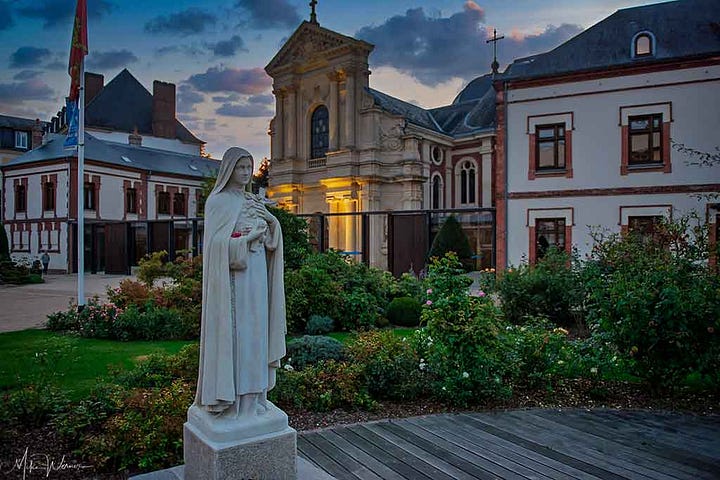
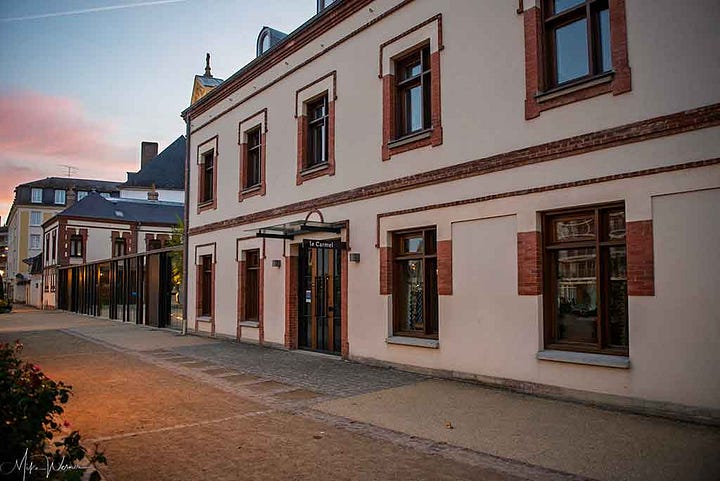
The building itself is located in the center of Lisieux and maintains the typical simplicity and austerity of Carmelite architecture. It is not grand or decorative but rather plain and functional, in keeping with the order’s values of humility and withdrawal from worldly concerns. The convent includes a chapel, cloisters, a garden, and the cells where the nuns live and pray. Thérèse lived a hidden life there, performing ordinary tasks and enduring a long spiritual and physical struggle, including her final illness—tuberculosis—which eventually claimed her life at the age of 24.
After her death, and particularly after the publication of her autobiographical writings (Story of a Soul), the convent became an important spiritual destination. Pilgrims from around the world have come to visit the chapel where Thérèse prayed and the cell where she lived. While the community remains cloistered, parts of the convent are open to visitors, including a small museum and an oratory that allows pilgrims to venerate her relics.
The convent continues to function as a Carmelite monastery, with a community of nuns dedicated to a life of silence, prayer, and contemplation. Despite the passage of time and the fame of its most well-known resident, the convent has remained faithful to the austere and contemplative spirit of the Carmelite rule.
Modern-day Lisieux
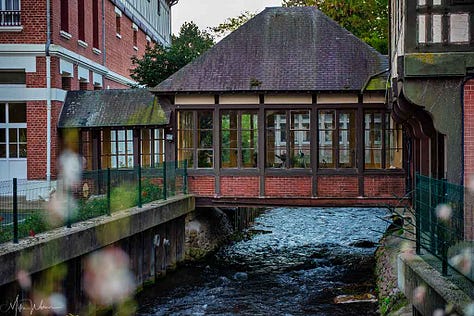

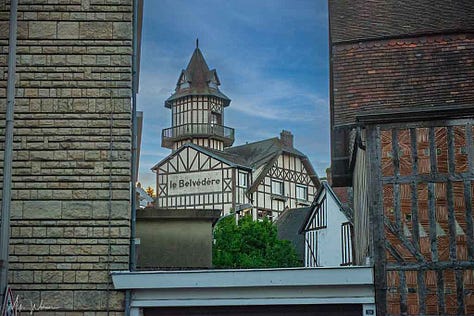
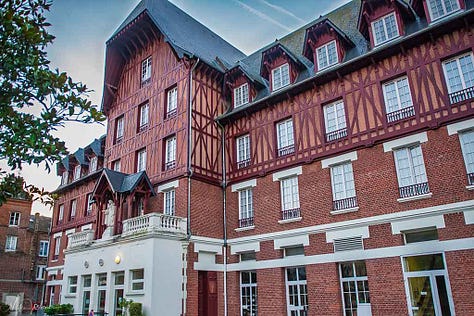

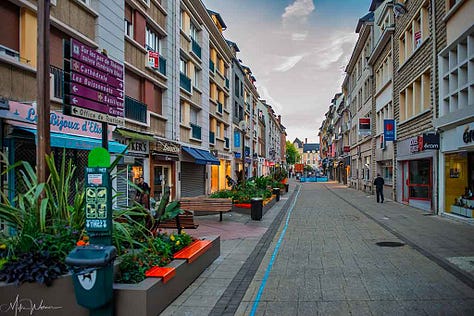
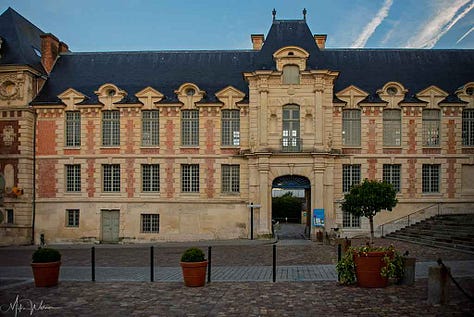
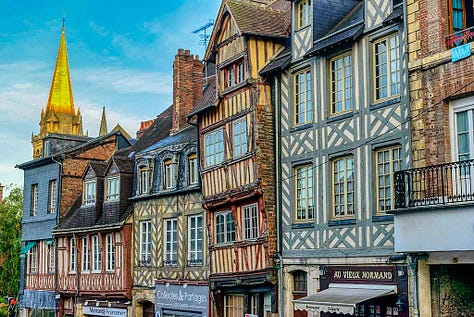
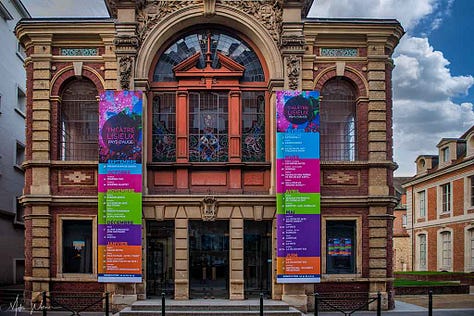
Modern-day Lisieux is a blend of pilgrimage town, regional hub, and residential center. The town supports a modest local economy with industries including food processing, particularly dairy and apple-based products, and light manufacturing.
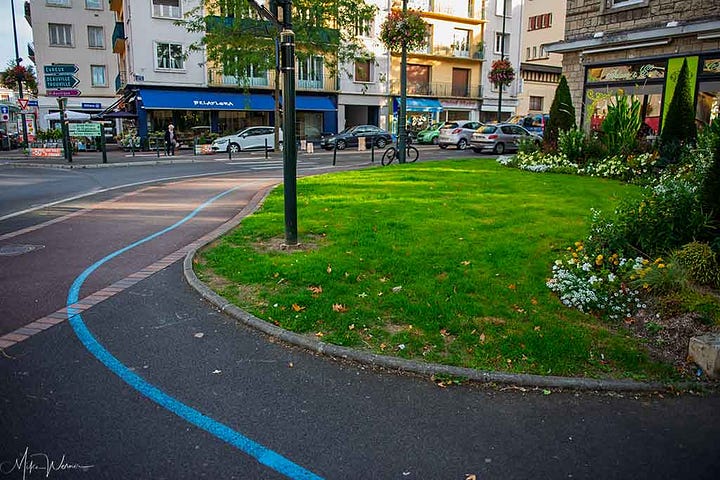
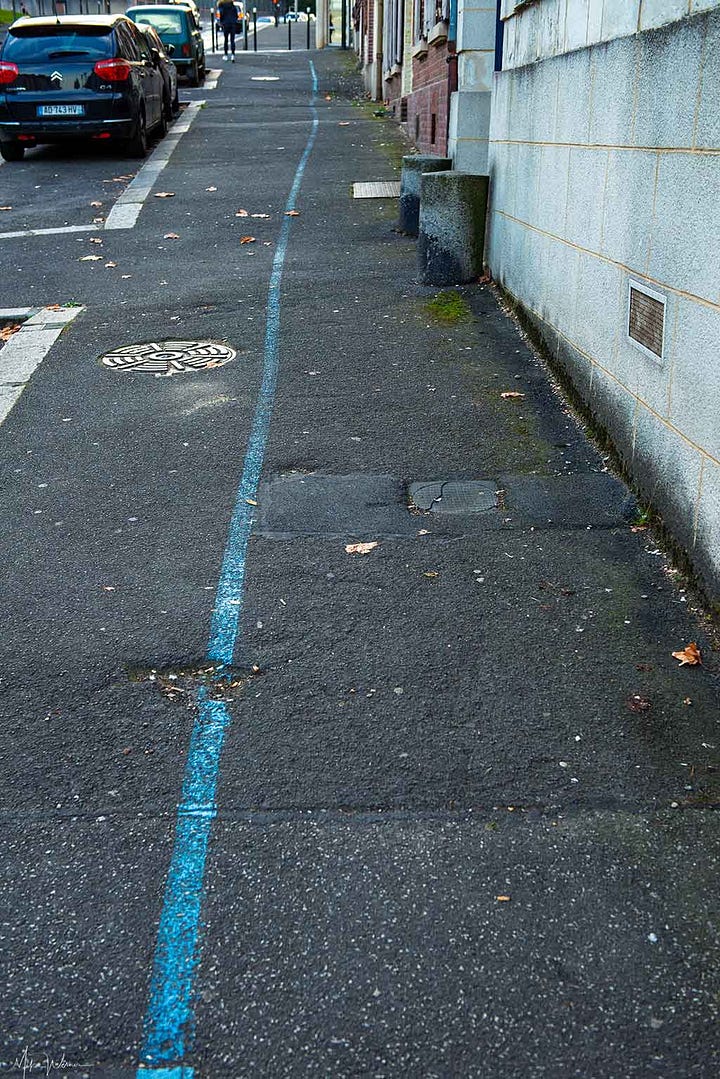
Tourism plays a significant role, driven almost entirely by religious heritage. The town offers a unique way to explore on your own: colored lines are painted on the sidewalks, each representing a different theme such as “religious” or “cultural.” By simply choosing and following one of these lines, you can discover the town at your own pace, guided by the path’s specific focus.




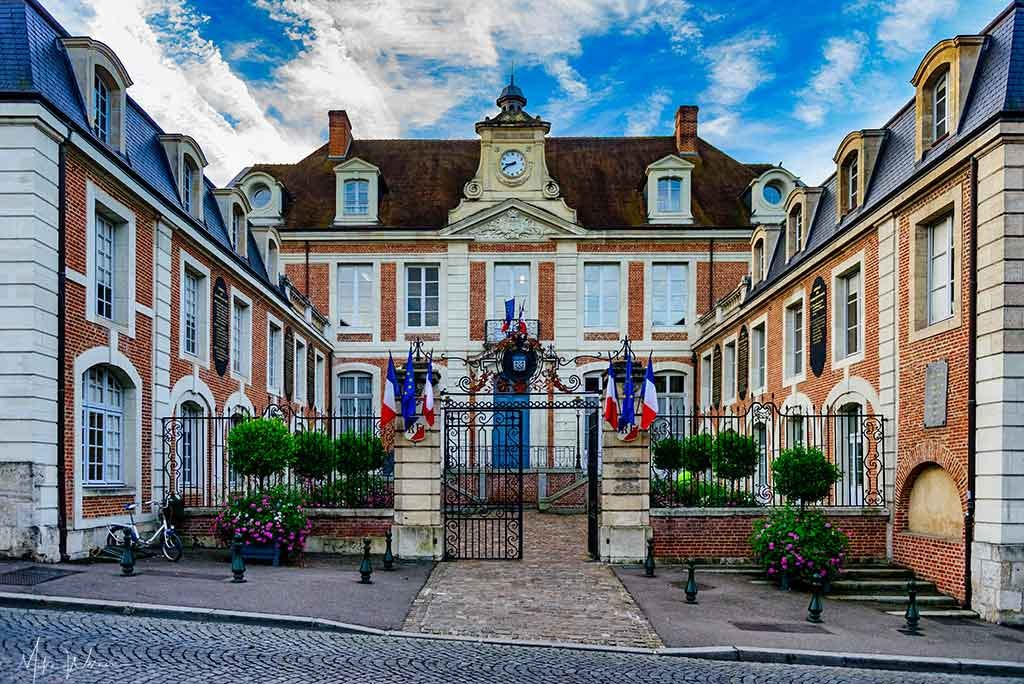



Population 25,621 and gorgeous: this looks like my type of place. I hope to get to Normandy or Brittany in 2025-2026, although I'm not sure how that will happen in practice.